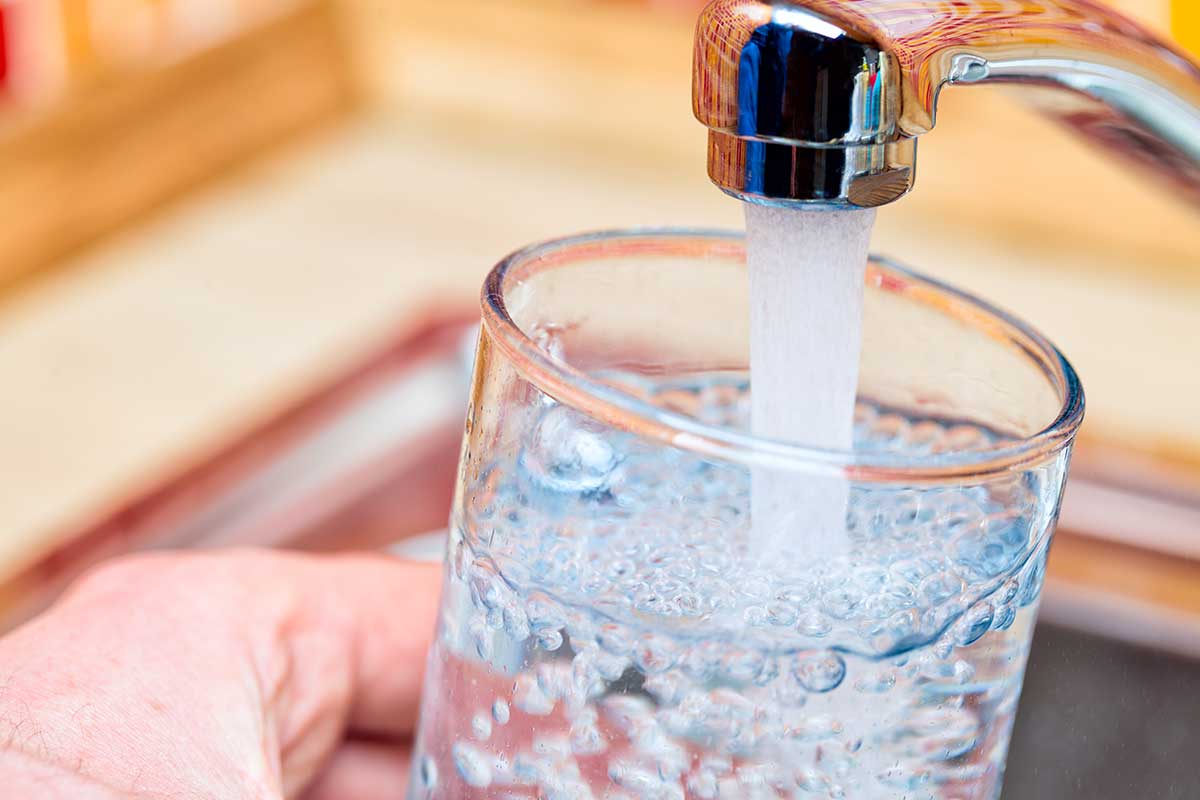A temporary change to ensure tap water in northeastern Fairfax County, Arlington County, and DC remains clean and clear means the water may have a chlorine smell or taste.
Starting Monday, February 20, the U.S. Army Corps of Engineers’ Washington Aqueduct will switch the disinfectant it uses from chloramine to chlorine. The Washington Aqueduct supplies water to about 1 million people in the three jurisdictions. The work will continue until Wednesday, March 15.
The change in disinfectant is done every year and is a common practice for many U.S. water systems. This year, the work will begin earlier than normal. Typically, the change comes in March.
Arlington County, which used 7.7 billion gallons of tap water last year, said the earlier time frame will enable the Washington Aqueduct to complete a reservoir rehabilitation project.
All three jurisdictions plan to flush their pipes as part of this spring cleaning. The flushing, which involves opening fire hydrants, is done in a systematic way and improves water quality, according to DC Water and Fairfax Water.
“Throughout the year, chloramines, also known as combined chlorine, is added to the water as the primary disinfectant. During the spring flushing program, chlorine is added in an uncombined state, commonly referred to as free chlorine. Free chlorine is quicker acting than combined, which allows it to react with sediments suspended during flushing,” Fairfax Water said on its website.
Fairfax Water said it could take a week for your drinking water to make the transition to free chlorine.
Fairfax Water said the red and green areas on the map below receive their water from the Washington Aqueduct and will be flushed first. The rest of the county will have its fire hydrants flushed between March 20 and June 12.

To reduce the smell or taste of chlorine in the tap water, here’s what the utilities recommend:
- Run the cold water tap for two minutes.
- If you have not used the water for several hours, run the tap for 5 to 10 minutes.
- Use a water filtration system.
- Let cold water sit for an hour or two in the refrigerator in an open container. The chlorine taste and odor will disappear.
People or businesses that already take special precautions to remove chloramine, such as dialysis centers and those with aquariums, should take the same precautions during the change, DC Water said. Those with aquariums and ponds should test any water added to them to make sure that it is free of chlorine.
For more stories like this, subscribe to Northern Virginia Magazine’s News newsletter.





